Image Duplication Detection Software
Scientific image duplication or figure reuse can compromise transparency and misrepresent results. Imagetwin helps identify reused, cropped, rotated, or mirrored figures both within and across research papers.
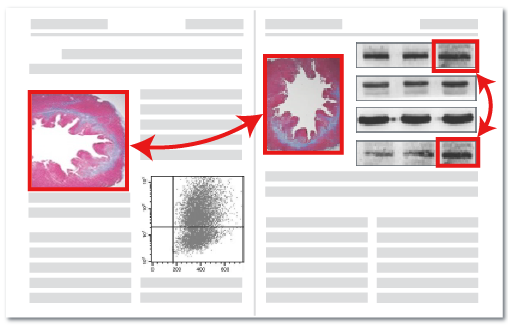
Flags identical and altered versions of images, including cropped, rotated, or mirrored figures.
Imagetwin is built for publishers, institutions, and researchers to support high-quality screening.
Detection is based on figures commonly used in publications, such as microscopy, histology, and western blots.
Image Duplication Detection Software
Reusing figures across multiple submissions or within the same paper, without transparency or attribution, can mislead readers and reviewers. Imagetwin identifies self-plagiarism in research even when they are cropped, rotated, or slightly altered.
The tool is updated regularly to improve detection accuracy and can help screen preprints, accepted papers, or archived content for self-plagiarism concerns.
More details are available in our blog.
How Imagetwin Detects Image Duplication
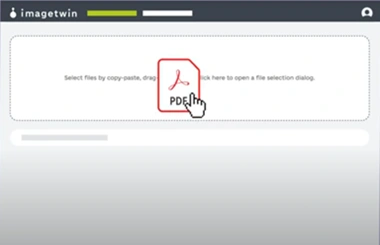
1. Paper or Image Submission
User uploads entire manuscripts, files or individual images to our secure platform for analysis.
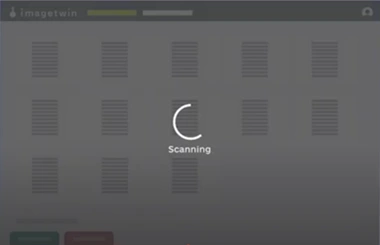
2. AI-Powered Analysis
The software checks for duplication using pattern recognition and deep learning, even if the image has been altered.

3. Confidence Score & Reporting
Receive a report highlighting detected issues. Each flagged case includes similarity overlays and a confidence score.
What Image Duplications can Imagetwin detect?
Imagetwin identifies a broad range of visual duplication types, including subtle and transformed reuse that often escapes manual review. These include:
Exact Duplications
Identical images reused in multiple places, either within the same manuscript or across separate submissions. These may appear in different contexts or figure labels.

Contrast and Brightness Adjustments
Subtle changes in brightness, exposure, or contrast can be used to make reused figures appear unique. The system detects visual similarity even after tonal manipulation.
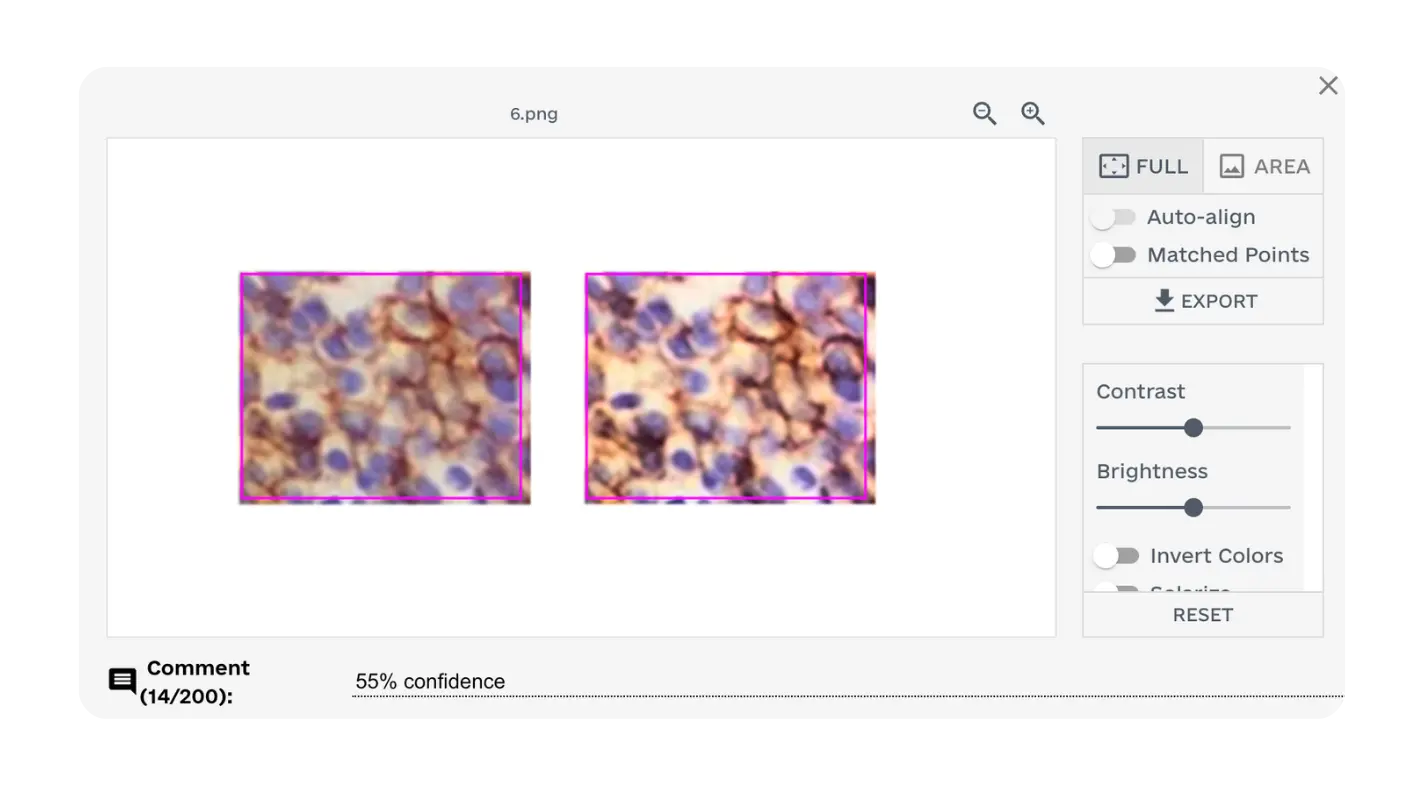
Partial or Cloned Regions
Small regions copied from one part of an image into another. These may include gel bands, microscopy sections, or background textures to fill space or fabricate results.
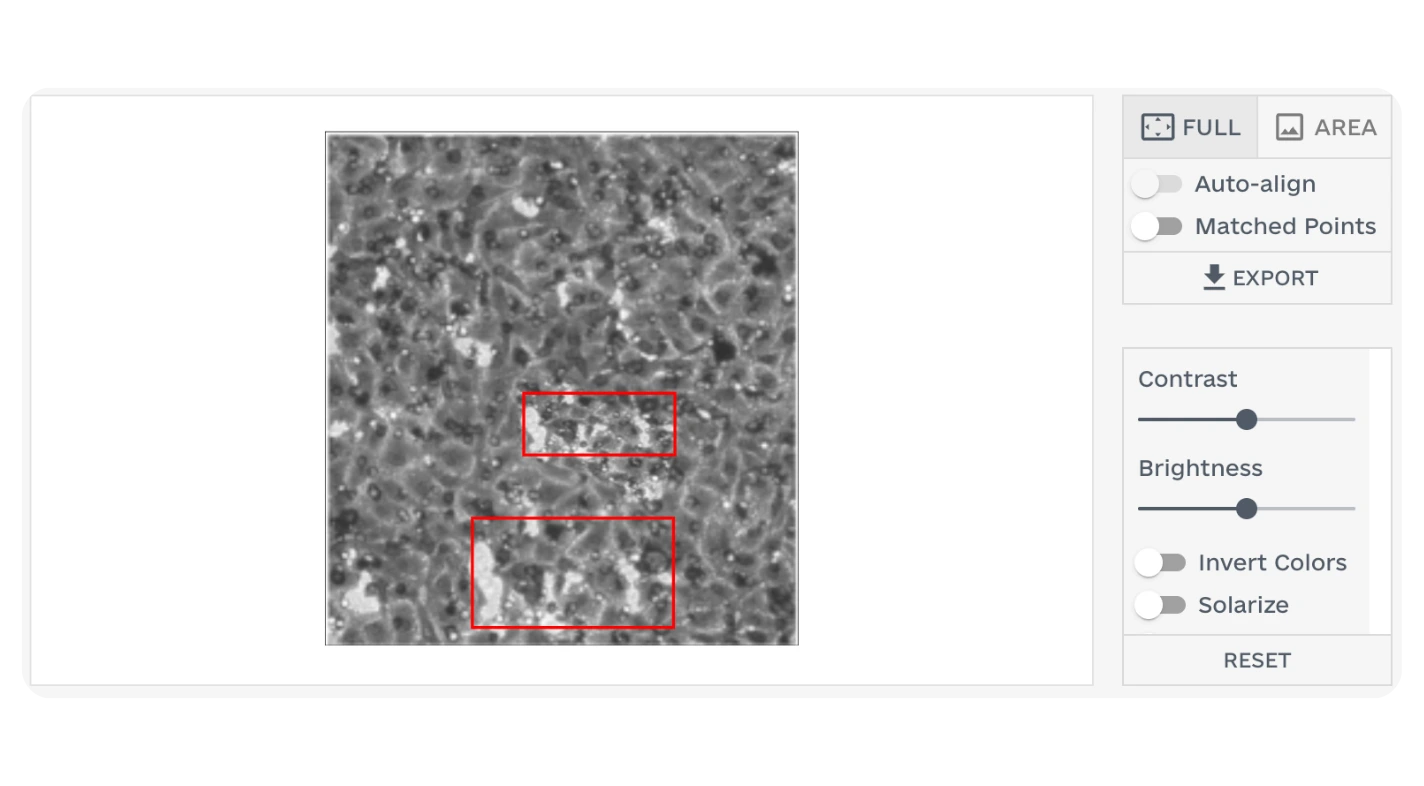
Rotated or Flipped Images
Images that have been rotated or mirrored to obscure reuse. This includes 90, 180, or 270 degree rotation as well as horizontal or vertical flipping.
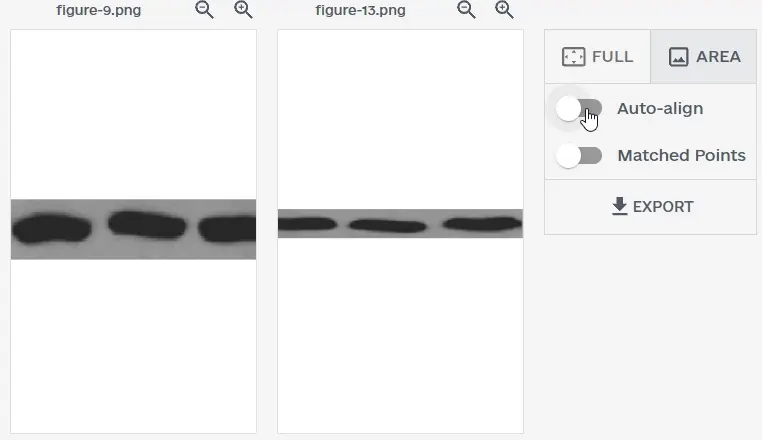
Plagiarised Figures from Published Articles
Images that appear across separate publications without proper attribution. These are detected through comparison with over 100 million indexed figures. See Image Plagiarism.

Cropped or Resized Reuse
Figures that have been cropped, zoomed in, or resized to look visually distinct.
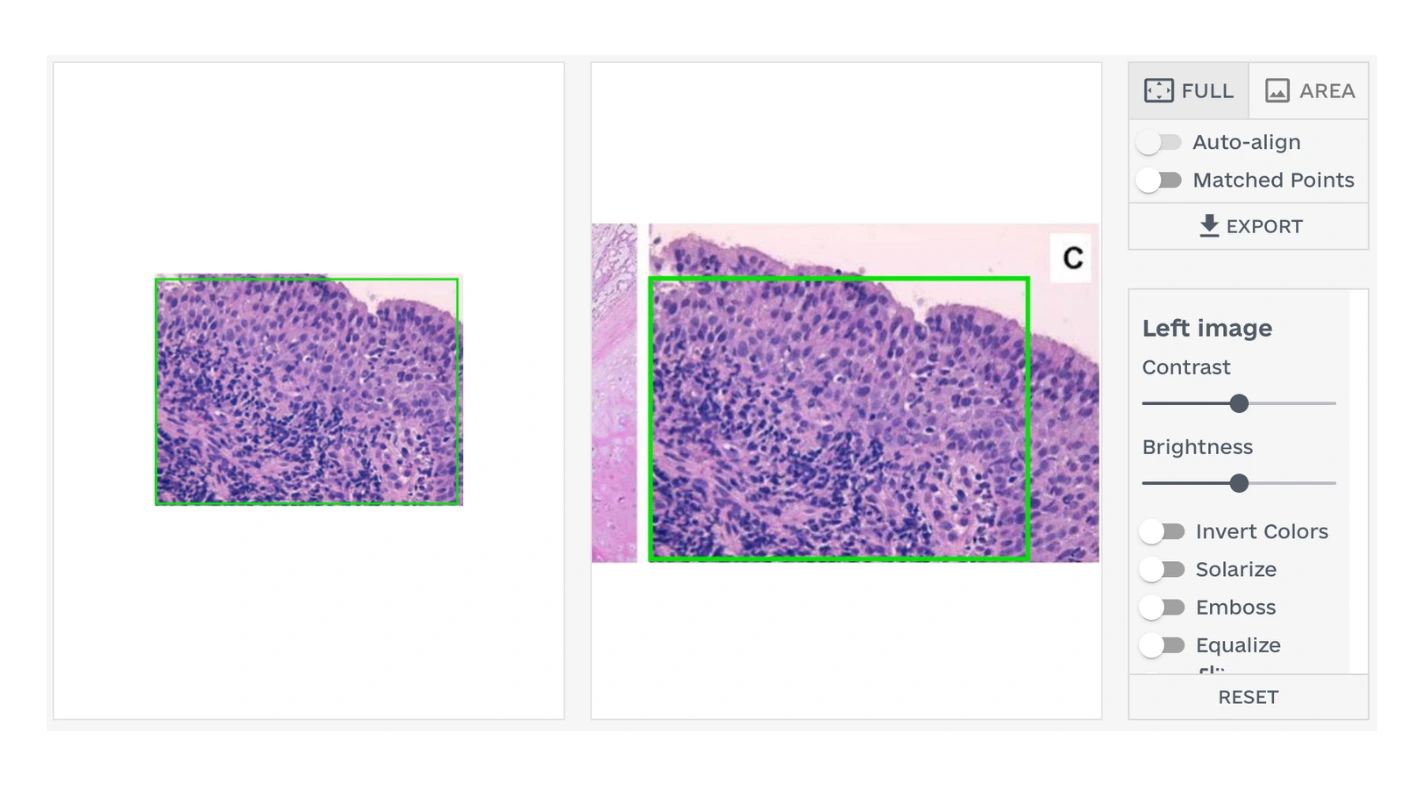
Why Choose Imagetwin?
Image duplication and reuse can undermine research integrity. Imagetwin helps publishers, institutions, and researchers detect these issues early, supporting transparent, high-quality science.
Optimised for Scientific Images
Built specifically to detect duplication in research images such as microscopy, histology, western blots, and charts.
Built for Speed & Accuracy
Our detection process is designed to be efficient, helping journals, publishers, and institutions identify concerns early in the publication process.
Confidential & Secure
We prioritize data encryption and privacy, ensuring your files remain confidential.
Accurate Across Transformed Images
Detects duplication even after cropping, rotating, flipping, resizing, or adjusting contrast and brightness.
Used Across the Research Ecosystem
Trusted by publishers, editors, and research institutions for pre- and post-publication integrity checks.
Continuously Improved
Detection capabilities are updated regularly based on user feedback, expanded datasets, and new manipulation patterns.
Powerful Features for Duplicate Detection
AI-Powered Figure Matching
Detects identical, cropped, rotated, flipped, or resized figures across manuscripts and published literature.
Confidence Scores
Flagged images are assigned a detection probability score, helping users to assess risks more accurately.
Bulk Scanning
Analyze large datasets efficiently with our batch-scanning feature. Ideal for publishers, journals, and institutions.
Comprehensive Reports
Generate detailed PDF reports showing matched figures, bounding boxes, and source references.
Data Encryption
Your data is protected with industry-standard encryption and security best practices.
All-In-One Integrity Analysis
Our platform also detects image manipulation, plagiarism and AI-generated images.